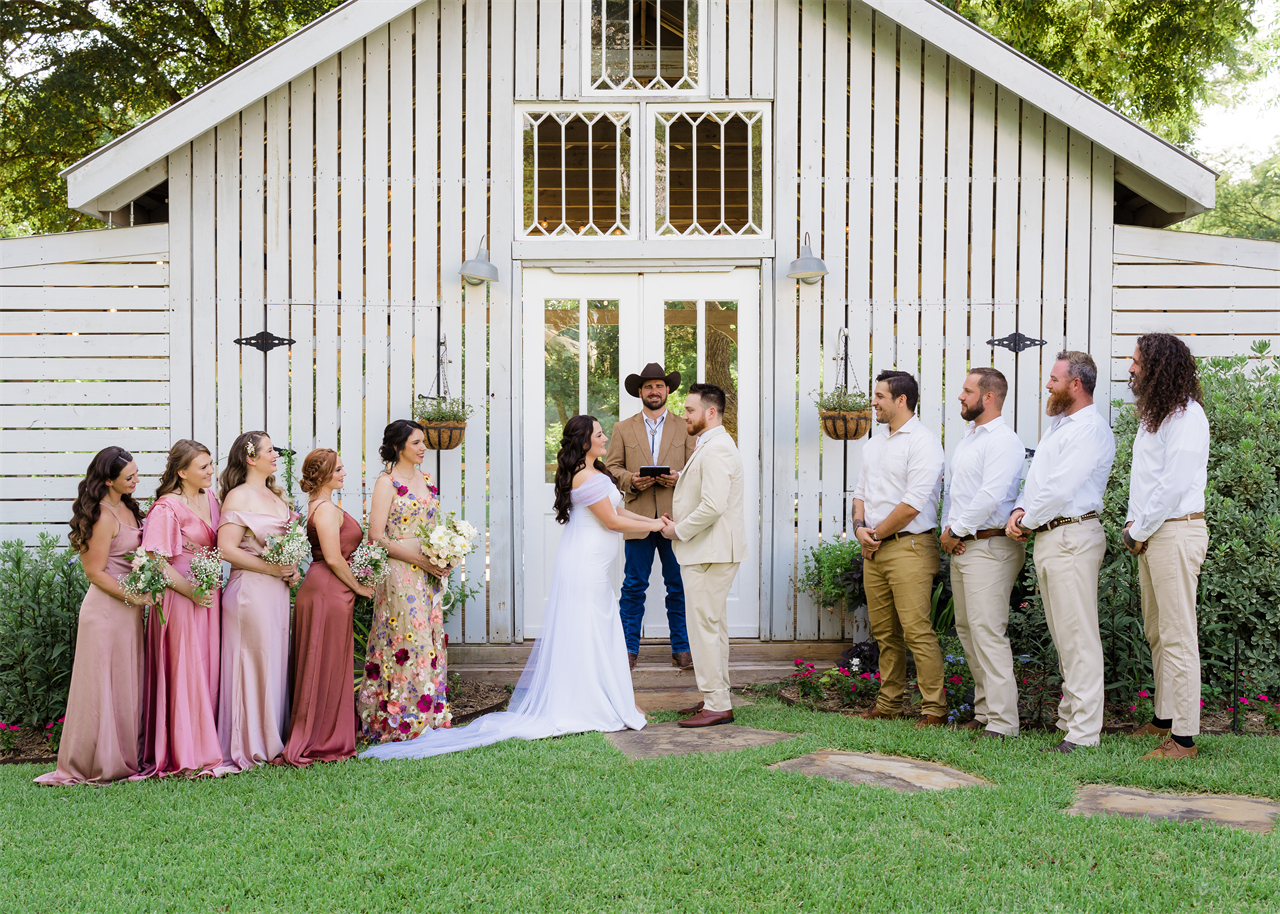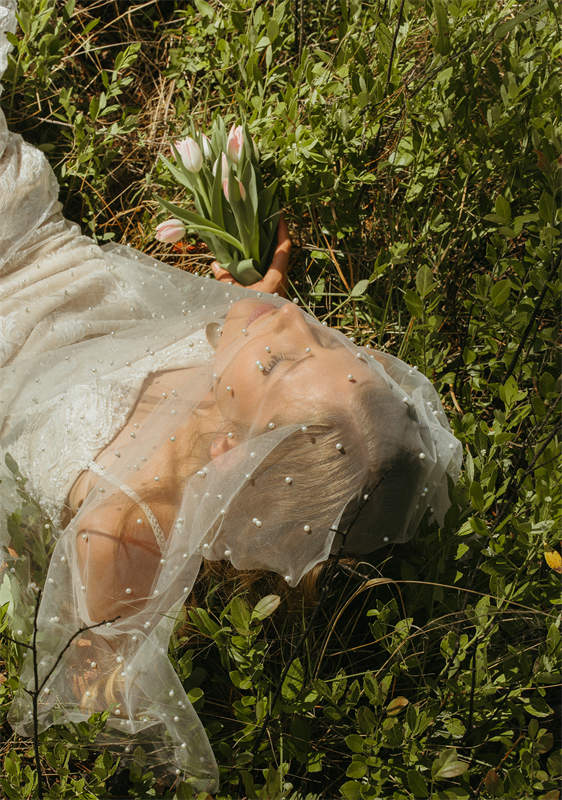
Weddings are not just a union of hearts; they are a tapestry woven with threads of traditions, customs, and yes, a good dose of superstitions. From the blushing bride to the dashing groom, every culture has its whimsical beliefs that add a pinch of magic to the matrimonial proceedings. Here’s a glimpse into some of the most enchanting wedding superstitions across cultures that continue to color the celebrations of love.
1. Rain on Your Wedding Day: A Liquid Blessing
In many Western cultures, rain might be seen as a reason to fret, but not so in some parts of the world! In Italy, “Sposa bagnata, sposa fortunata” which translates to “wet bride, lucky bride,” is a common saying. Rain is seen as a symbol of renewal and cleansing. Similarly, in Hindu tradition, rain on your wedding day is considered good luck as it can foretell a strong marriage. The knot tied during the ceremony is wet and therefore more difficult to untie. Imagine the bride in her elegant wedding dress, gracefully embracing the rain as a sign of good fortune.
2. Spiders on the Wedding Dress: Creepy Crawlies of Good Fortune
For those with arachnophobia, this might be a bit unsettling, but in English folklore, finding a spider on your wedding dress is a good omen. This eight-legged surprise is seen as a harbinger of prosperity and happiness. So, if you spot a web-weaver on your gown, take a deep breath and welcome the good luck.
3. The Clanging of Cans: Driving Away Evil Spirits
This noisy tradition has roots in ancient times when loud noises were believed to ward off malevolent spirits. In the United States and other Western countries, tying cans to the bumper of the wedding getaway car continues this tradition. The clatter is supposed to protect the newlyweds from spirits wishing to spoil their happiness.
4. Sugared Almonds: Sweetness and Bitterness of Life
In Greece, Italy, and the Middle East, sugared almonds, or ‘confetti’ in Italian, are given to guests to represent the bittersweet nature of marriage. The hardness of the almond signifies the endurance of marriage, while the sweet sugar coating is a wish for the couple’s life to be more sweet than bitter.
5. Carrying the Bride Over the Threshold: Avoiding Unseen Hazards
This widely adopted practice has various origins, one being the ancient belief that brides were particularly vulnerable to evil spirits through the soles of their feet. Therefore, the groom carries the bride over the threshold to avoid bringing spirits into the home. In Western Europe, it was also thought to prevent the bride from appearing too eager about losing her virginity.
6. The Color Red: Warding Off Bad Luck
In Chinese culture, red symbolizes luck, joy, and prosperity. Brides often wear red dresses, and the couple’s home is decorated in red on the wedding day. Red envelopes filled with money are also given for good fortune. This vibrant hue is believed to keep away bad luck and evil spirits.
7. Throwing Rice: Fertility and Abundance
The custom of throwing rice at the newlyweds as they exit the ceremony is an ancient one, symbolizing fertility and prosperity. While rice is the traditional grain, many now opt for bird-friendly alternatives like petals or bubbles, keeping the spirit of the tradition while protecting our feathered friends.
8. The Bridal Veil: A Shroud of Mystery
The bridal veil has a history of symbolism; in ancient Rome, it was worn to protect the bride from evil spirits. Today, it’s often seen as a representation of modesty and purity. In some Jewish traditions, the groom veils the bride himself, a ritual known as ‘bedeken,’ symbolizing his love for her inner beauty.
Conclusion
As we traverse the globe, it’s clear that love is a universal language, yet it speaks with a myriad of accents. Wedding superstitions are a delightful reminder that while we all cherish love, the ways we honor and protect it can be as varied as the cultures we come from. Whether steeped in ancient wisdom or simply meant to add an extra sprinkle of excitement, these whimsical beliefs remind us that at the heart of every wedding is the hope for a future filled with joy, luck, and love.

